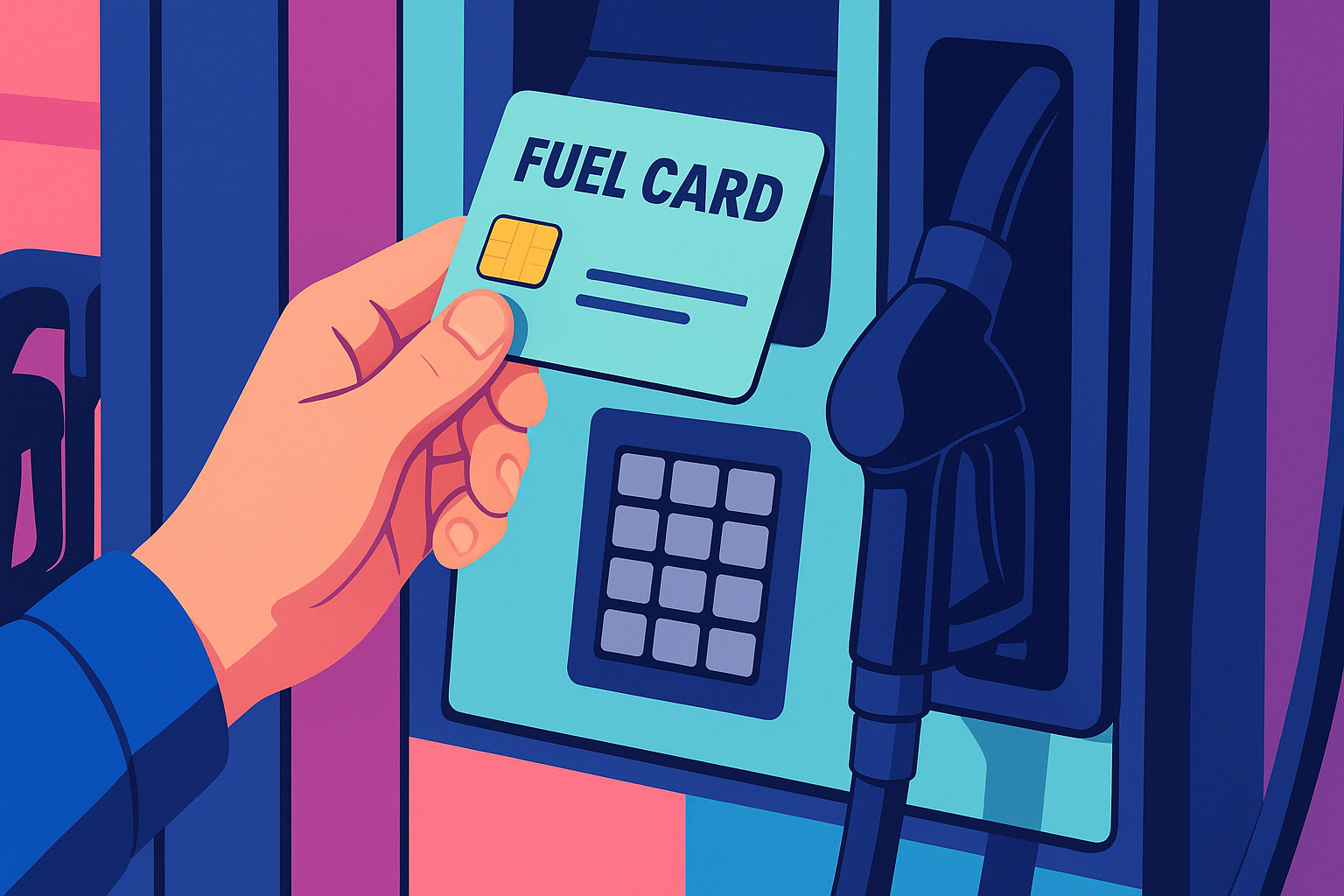Zachary Zulauf
6 mins
How to Transition Your Business from Company Cars to a VRP of Employee-Owned Cars

Speak to an Expert
Book a CallTransitioning your business from a fleet of company-owned vehicles to a Vehicle Reimbursement Program (VRP) may seem daunting, but it’s a move that can save money, simplify operations, and align with modern workforce needs. With a strategic approach and the right partners, this transition can be smooth and highly beneficial for both your business and your employees.
Why transitioning from a fleet to a VRP makes sense
Company-owned fleets are expensive to maintain. Between depreciation, insurance, fuel, and wear and tear, the costs pile up quickly. Add to that the complexities of managing personal use vs. business use, and it’s clear why many companies are reconsidering their fleet programs.
A VRP, like Cardata’s Fixed and Variable Rate (FAVR) reimbursement model, provides a cost-effective alternative. By reimbursing employees for business mileage on their personal vehicles, companies can cut fixed costs and only pay for what’s truly necessary. The result? Significant cost savings and a streamlined fleet management process.
Looking at the costs and limitations of a company-owned fleet
Managing a company-owned fleet involves a long list of vehicle expenses, from maintenance costs to taxes. These fixed costs often feel inescapable, especially for vehicles that see limited business use.
For every $1 spent on a company car, only about $0.70 is typically used for business purposes, with the rest going to personal use or idle time. Transitioning to a mileage reimbursement system means you’re only covering business mileage, making your program more efficient and aligned with IRS regulations.
Building a transition plan for success
Transitioning from company vehicles to a VRP starts with a clear plan. Here’s how to set yourself up for success:
1. Audit your current plan: Evaluate costs, usage, KPIs, and the needs of your fleet operators/managers. Identify inefficiencies and calculate potential savings.
2. Collaborate with Cardata: Work with a partner that specializes in designing reimbursement models tailored to your company’s goals.
3. Set clear messaging: Communicate the benefits of the transition to employees, addressing fears and highlighting new perks like more money in their pockets, flexibility, and personalized vehicle use.
Addressing change management and employee concerns
Change management is often the biggest hurdle in transitioning to a VRP. Both employees and administrators may have concerns:
Drivers’ fears: Employees worry about losing perks or having to handle vehicle expenses themselves.
Admin fears: Teams worry about implementing a complex program, dealing with angry employees, or losing their roles in fleet management.
The solution? Education and phased rollouts. Tools like mileage tracking apps and real-time data systems simplify the transition, while clear messaging and support from Cardata ensure employees feel confident and valued.
Options for offloading your company cars
Transitioning (either fully or partially) away from a company-owned fleet often begins with determining how to handle the existing vehicles. This is an important step that impacts both your budget and the success of your new vehicle reimbursement program (VRP). Below are three smart approaches to divesting from company cars:
1. Selling cars back to employees
Offering employees the chance to purchase their company vehicles is not only a practical way to reduce fleet size but also provides a win-win opportunity for employees who already feel connected to their current vehicles.
How it Works:
Conduct vehicle valuations to determine fair market prices.
Offer a discounted rate to employees as an added perk to incentivize the purchase.
Consider providing financing options or a buyback bonus for employees using the vehicle for business purposes.
Benefits: This strategy builds goodwill with employees and eliminates the hassle of external sales or remarketing. It’s particularly effective for well-maintained cars that drivers know and trust.
2. Auction
Leveraging today’s strong demand for used cars, auctions are an excellent way to offload fleet vehicles quickly and at competitive prices.
How it works:
Partner with professional auction houses or use online platforms like Manheim or ACV Auctions to access a wide network of buyers.
Prepare vehicles for sale by making sure of proper maintenance, reconditioning, and documentation to maximize value.
Benefits: Auctions are ideal for large fleets with lots of vehicles to sell. This strategy provides fast results, freeing up capital for the transition to a VRP.
3. Return leased vehicles
For leased company vehicles, returning them to the leasing company can be a straightforward option, though it may come with penalties if you’re breaking any contract terms.
How it works:
Review the terms of your leasing agreements to understand early termination fees or mileage overage costs.
Plan to return vehicles as they reach the end of their lease terms to avoid unnecessary penalties.
If immediate returns are necessary, negotiate with leasing companies for favorable terms, especially if you’re ending multiple leases at once.
Benefits: This approach reduces administrative complexity and is particularly effective for companies that lease the majority of their fleet.
4. Grandfathering new employees into a VRP
A phased approach can make the transition smoother. Start by introducing the VRP to new employees, while existing team members continue using company cars.
This gradual adoption eliminates resistance from employees who are attached to current perks, while helping new hires acclimate to the vehicle reimbursement program right away. By providing training on mileage tracking, reimbursement rates, and business purposes, you set them up for success.
VRPs for business purposes
The core of a VRP is its focus on business use. Programs like FAVR calculate fixed costs and variable mileage rates to ensure employees are reimbursed fairly without overspending.
Modern tools like realtime mileage tracking apps make compliance with IRS regulations easy. Plus, these programs improve connectivity between employees and admins, reducing admin burdens while keeping records accurate and easy to access.
Benefits for the business and employees
Switching to a VRP doesn’t just benefit the bottom line—it also improves employee satisfaction. Employees appreciate the flexibility to use their personal vehicles while being fairly compensated for business mileage.
For companies, the cost savings are big. By eliminating underutilized fleet vehicles and high fixed costs, you can redirect resources toward growth initiatives. Programs are also highly scalable, making them ideal for businesses with changing needs.
Partnering with experts for a seamless transition
Transitioning to a VRP doesn’t have to be complicated. Working with partners like Cardata ensures you have the support you need. From onboarding and compliance to training and messaging, their expertise simplifies the process for admins and drivers.
With Cardata’s tools and guidance, your company can enjoy the benefits of a VRP while avoiding the common pitfalls of fleet transitions.
Conclusion
Transitioning from a fleet of company cars to a vehicle reimbursement program is a forward-thinking move that supports cost savings, sustainability, and operational efficiency. By focusing on business purposes and cutting unnecessary costs, your company can thrive in a changing landscape.
With partners like Cardata, the transition becomes not just manageable but a valuable step toward a more streamlined and employee-friendly future.
Share on:


